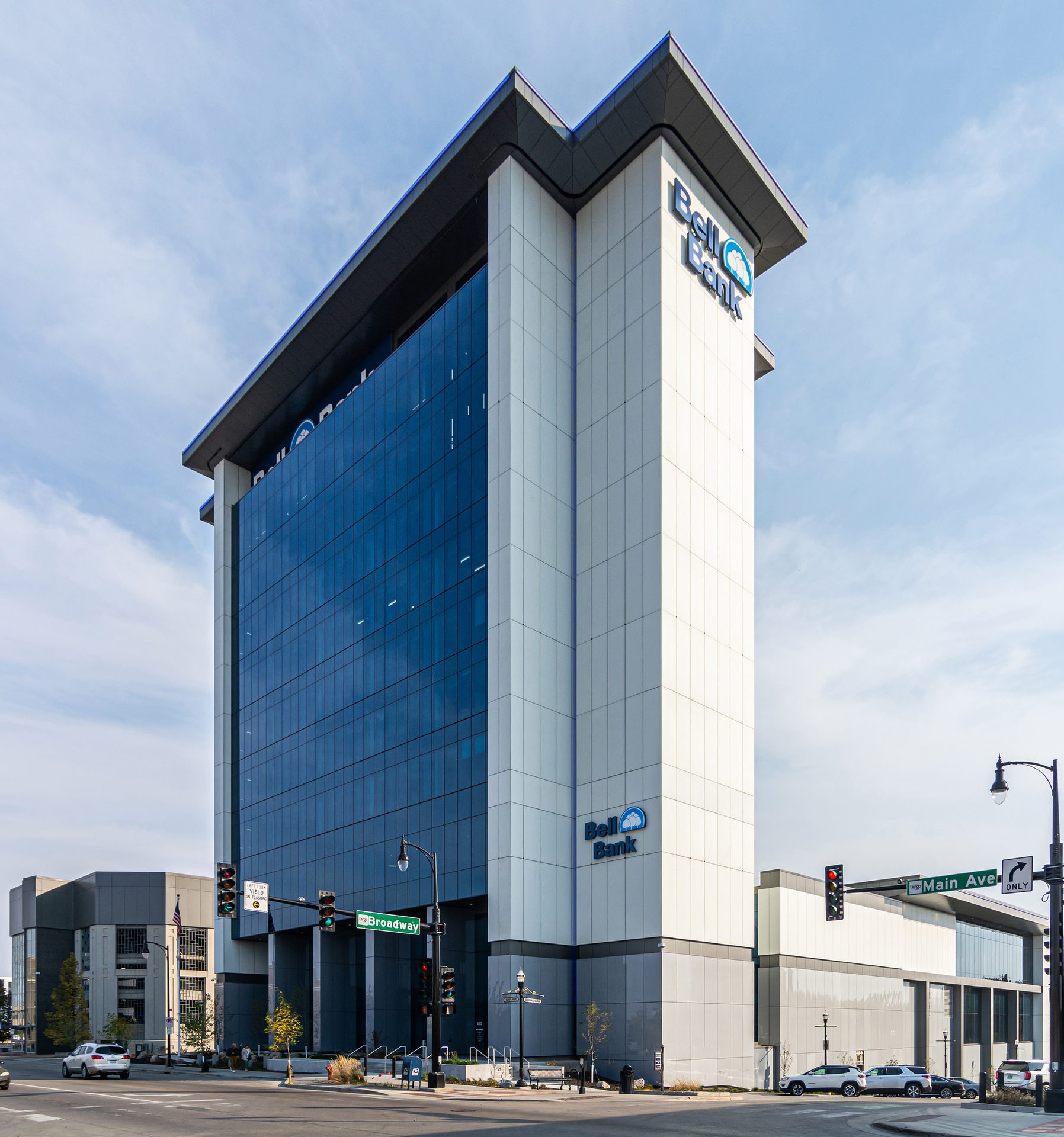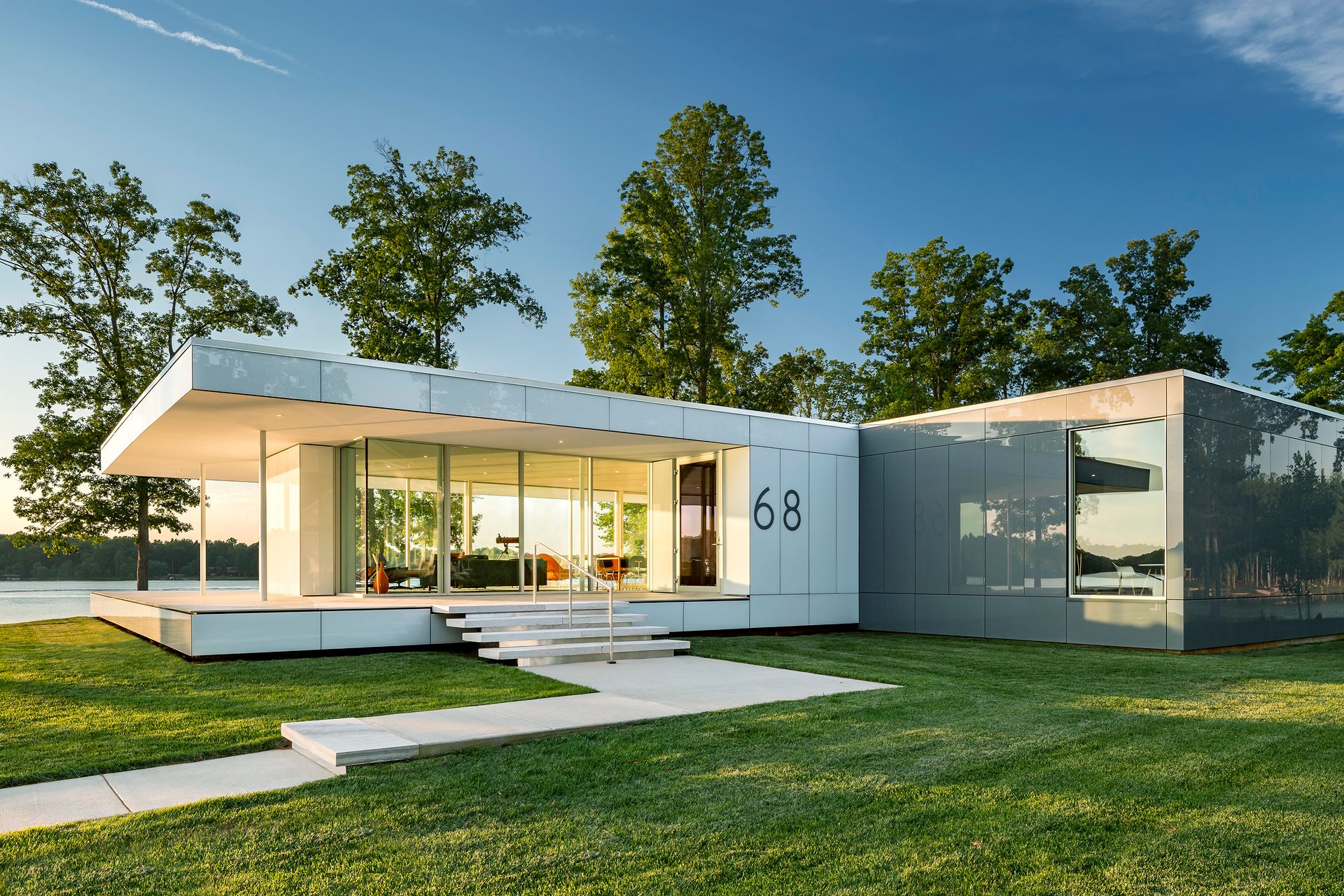Headline (H1): Sponsor article headline here
Deck (H2): This is Sponsor article 1.
BYLINE (H4): AUTHOR AUTHORSON
Performance Made Simple: The Science of Rainscreen Systems
Byline (H4) Author Authorson
Image courtesy of Sto Corp.
Introduction
Modern rainscreen systems are more than just cladding; they are high-performance solutions engineered to protect and enhance buildings. This article delves into the science behind rainscreens, focusing on StoVentec’s advanced performance metrics and the comprehensive benefits they bring to the built environment.
Key Components of a Rainscreen System
Rainscreen systems are a layered solution, with each component playing a critical role in ensuring durability, energy efficiency, and overall performance. These include:
Air and Water-Resistive Barrier An air and water-resistive barrier is the first line of defense against external weather conditions. It prevents water penetration and ensures a continuous air seal, critical for maintaining the building’s energy efficiency. Sto’s fluid-applied air barriers, such as StoGuard®, provide exceptional protection against moisture and air leakage, reducing the risk of mold and structural damage.
Subconstruction The subconstruction serves as the structural backbone of the rainscreen, offering adjustability to accommodate uneven substrates. StoVentec’s adjustable subconstruction system ensures precise installation and allow for proper alignment of cladding materials, even on challenging surfaces. This flexibility enhances both the structural integrity and visual appeal of the facade.
Thermal Insulation Continuous insulation is a cornerstone of modern rainscreen systems, improving energy efficiency while reducing thermal bridging. StoVentec systems utilize mineral wool insulation, known for its excellent thermal performance, fire resistance, and moisture management capabilities. This insulation layer contributes to a comfortable indoor environment and lowers energy costs.
Ventilation Cavity The ventilation cavity is a hallmark of rainscreen design, allowing moisture to drain and evaporate while maintaining airflow within the system. This feature prevents water buildup, reduces the risk of material decay, and extends the lifespan of the building envelope. Proper ventilation is especially critical in climates with high humidity or frequent rainfall.
Cladding The outermost layer of the rainscreen system, cladding, serves as both a protective barrier and a design element. StoVentec offers a diverse range of cladding options, including opaque glass, fiber cement, textured render, and masonry veneers, allowing architects to achieve their desired aesthetic while maintaining superior performance.
PQ: DOE OKs $9.2B for
FORD'S BLUEOVAL PROJECT




Image courtesy of Sto Corp.

Image courtesy of Sto Corp.






Performance Testing and Validation
Rainscreen systems are subjected to rigorous testing to ensure they meet and exceed industry standards. StoVentec systems, for example, undergo evaluations for wind resistance, thermal efficiency, fire safety, and moisture control. These tests validate their ability to withstand harsh environmental conditions while maintaining structural integrity.
Wind Resistance: StoVentec systems are designed to endure high wind pressures, making them suitable for tall buildings and coastal environments.
Fire Safety: With mineral wool insulation and non-combustible cladding options, StoVentec ensures compliance with fire safety regulations, reducing risks associated with facade fires.
Thermal Efficiency: The integration of continuous insulation and air barriers minimizes heat loss, contributing to energy-efficient building performance.
Moisture Management: Properly engineered ventilation cavities and water-resistive barriers prevent water infiltration, mitigating long-term damage.






Author Bio (H5): Mr. Author Authorson is very smart. He received his degree from a prestigious university and now he works at this awesome company. You should listen to his advice.
Advantages for Architects and Contractors
For architects, rainscreens offer unparalleled design flexibility. With StoVentec’s wide range of finishes, including an extensive color range and the ability to create custom colors, designers can create unique facades that align with their vision. The system also supports a variety of textures, enabling architects to achieve unique design aesthetics by using different cladding finishes over the same system, all while meeting functional requirements.
For contractors, StoVentec systems simplify the installation process. Pre-engineered components reduce the need for on-site modifications, ensuring faster project completion and fewer errors. StoVentec systems can be installed at any temperature, providing flexibility with schedules, and helping to meet project demands. Additionally, the integration of all system elements under a single warranty further streamlines the construction process, simplifies maintenance, adds long-term value, and provides peace of mind.
Sustainability in Rainscreen Design
Energy efficiency is another critical aspect of sustainability. By reducing thermal bridging and improving indoor temperature regulation, StoVentec systems contribute to lower energy consumption and decreased greenhouse gas emissions. This makes them an ideal choice for projects aiming to achieve net-zero energy goals.
Case Studies: Real-World Applications
Bell Bank Headquarters: Revitalizing Fargo’s Skyline with StoVentec Glass Rainscreen
In downtown Fargo, North Dakota, Bell Bank transformed a long-vacant concrete structure into a state-of-the-art headquarters using the innovative StoVentec® Glass Rainscreen® System. The retrofit project modernized the building’s thermal performance and aesthetics, preserving its historic significance while supporting Fargo’s revitalization.
The 12-story structure, once lacking insulation and covered in layers of paint, underwent a remarkable metamorphosis under the guidance of T. L. Stroh Architects. Inspired by StoVentec’s vibrant, durable glass panels that matched Bell Bank’s corporate blue, the architects embraced a system that combined thermal insulation, air and moisture control, and sleek, opaque glass-faced panels.
Construction, led by MG McGrath, included unique challenges like winter conditions and installing large, heavy panels on a 14-story building. Despite delays due to Fargo’s harsh weather, the project was completed successfully, resulting in a seamless integration of old and new. Today, the revitalized headquarters, with its contemporary glass facade and expanded footprint, is a symbol of Bell Bank’s commitment to Fargo and its community.






A reflection of Innovation: The Davenport Residence and StoVentec Glass Rainscreen
In Louisa County, Virginia, architect Jeff Davenport’s private residence on Lake Anna has redefined residential design with the first U.S. application of the StoVentec Glass Rainscreen System. This sleek, ventilated cladding system, commonly used in commercial settings, highlights advanced thermal and sound insulation, elegant aesthetics, and eco-conscious materials.
Initially considering metal panels, Davenport selected StoVentec Glass for its reflective qualities, durability, and modular flexibility. The system seamlessly integrates with the home’s design, creating a dynamic exterior that reflects its surroundings and changes with the light and seasons.
The installation, led by Pillar Construction, highlighted StoVentec Glass's sustainable features, including 100% recyclability and replaceable panels, extending the life of the facade. The vivid, fused colors on the glass panels ensure long-lasting vibrancy, making them ideal for both residential and commercial projects.









Conclusion
The science of rainscreen systems lies in their ability to integrate performance and practicality. StoVentec’s systems exemplify this balance, delivering solutions that are not only effective but also efficient to install. With their proven performance metrics, design flexibility, and sustainability benefits, rainscreen systems are setting the standard for the future of building envelopes. As the demands on architecture and construction grow, these systems will play an increasingly vital role in shaping durable, energy-efficient, and visually inspiring structures. The science of rainscreen systems lies in their seamless integration of performance, sustainability, and aesthetics. StoVentec systems redefine what building envelopes can achieve, offering unmatched durability, energy efficiency, and design versatility. As the architecture and construction industries evolve, StoVentec’s innovative rainscreens will remain at the forefront, setting the standard for modern, high-performance facades. Discover how StoVentec can elevate your next project today.
Sources:
DTL: StoVentec Glass, StoVentec Render Guide and Detail
Adjustable Rainscreen Subconstruction
Rainscreens in retrofitting
Rainscreen Systems: The Pinnacle of Versatility and Performance
A Canvas for Endless Creativity: Power of Opaque Glass
Rising Trends in Ventilated Rainscreens
Bell Bank Case Study
Davenport Case Study